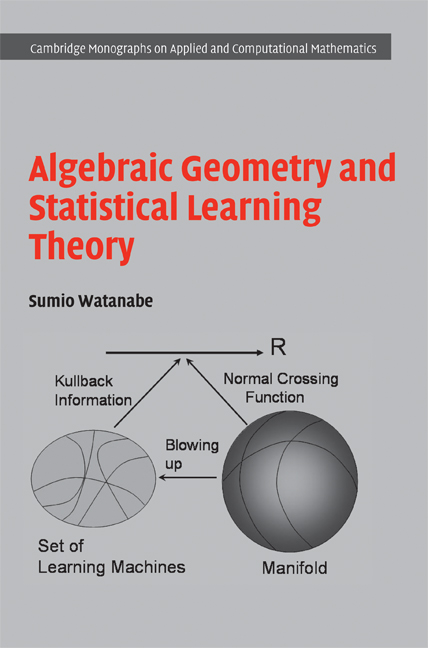

Mumford's philosophy in characteristic p was as follows:Ī nonsingular characteristic p variety is analogous to a general non-Kähler complex manifold in particular, a projective embedding of such a variety is not as strong as a Kähler metric on a complex manifold, and the Hodge–Lefschetz–Dolbeault theorems on sheaf cohomology break down in every possible way. These pathologies fall into two types: (a) bad behavior in characteristic p and (b) bad behavior in moduli spaces. In a sequence of four papers published in the American Journal of Mathematics between 19, Mumford explored pathological behavior in algebraic geometry, that is, phenomena that would not arise if the world of algebraic geometry were as well-behaved as one might expect from looking at the simplest examples. Work on pathologies in algebraic geometry He also was one of the founders of the toroidal embedding theory and sought to apply the theory to Gröbner basis techniques, through students who worked in algebraic computation. He published some further books of lectures on the theory. This work on the equations defining abelian varieties appeared in 1966–7. Mumford's research did much to revive the classical theory of theta functions, by showing that its algebraic content was large, and enough to support the main parts of the theory by reference to finite analogues of the Heisenberg group. Other work that was less thoroughly written up were lectures on varieties defined by quadrics, and a study of Goro Shimura's papers from the 1960s. They are now available as The Red Book of Varieties and Schemes ( ISBN 3-X). His lecture notes on scheme theory circulated for years in unpublished form, at a time when they were, beside the treatise Éléments de géométrie algébrique, the only accessible introduction. Ramanujam) and Curves on an Algebraic Surface combined the old and new theories. He published on moduli spaces, with a theory summed up in his book Geometric Invariant Theory, on the equations defining an abelian variety, and on algebraic surfaces. Mumford's work in geometry combined traditional geometric insights with the latest algebraic techniques.

He married Erika, an author and poet, in 1959 and they had four children, Stephen, Peter, Jeremy, and Suchitra. He completed his PhD in 1961, with a thesis entitled Existence of the moduli scheme for curves of any genus. At Harvard, he became a Putnam Fellow in 19. Mumford then went to Harvard University, where he became a student of Oscar Zariski. He attended Phillips Exeter Academy, where he received a Westinghouse Science Talent Search prize for his relay-based computer project. His father William started an experimental school in Tanzania and worked for the then newly created United Nations. Mumford was born in Worth, West Sussex in England, of an English father and American mother. He is currently a University Professor Emeritus in the Division of Applied Mathematics at Brown University. In 2010 he was awarded the National Medal of Science. He won the Fields Medal and was a MacArthur Fellow.

It is described as being a sequel to Mumford's Algebraic Geometry I, first published by Springer in 1976 (39 years ago!), but my guess is that this claim and the title of the book are closer to commercial hype "suggested" to the authors than to an honest description of the contents.BBVA Foundation Frontiers of Knowledge Award (2012)ĭavid Bryant Mumford (born 11 June 1937) is an American mathematician known for his work in algebraic geometry and then for research into vision and pattern theory. Well now we know: I am happy to announce that the book has just been published by Hindustan Book Agency under the title Algebraic Geometry II. I'm not very optimistic since these notes have been floating unmodified online for quite some time (this is really conjectural: I have never met nor corresponded with Oda). It seems that Mumford's manuscripts (and his Red Book) also are partially at the base of Mumford and Oda's online book and I would guess that publication now depends on Oda alone. The published book was then written by Eisenbud and Harris alone. Mumford retired from the project, since his scientific interest is no longer in algebraic geometry but in computer vision. It was originally supposed to be written by Mumford, Eisenbud and Harris, based partially on Mumford's manuscripts. That book already exists (in a sense.)! It is The Geometry of Schemes.


 0 kommentar(er)
0 kommentar(er)
